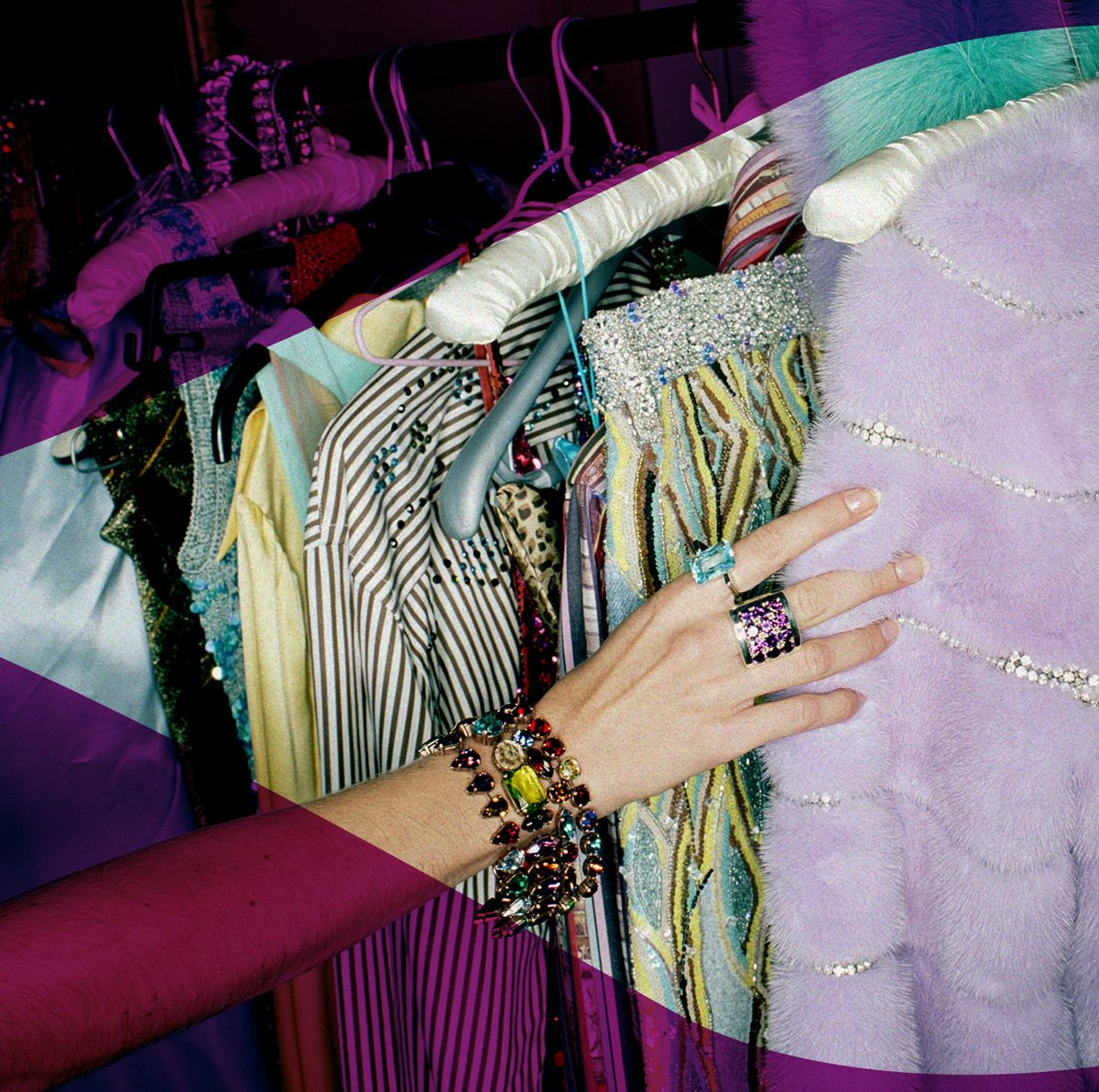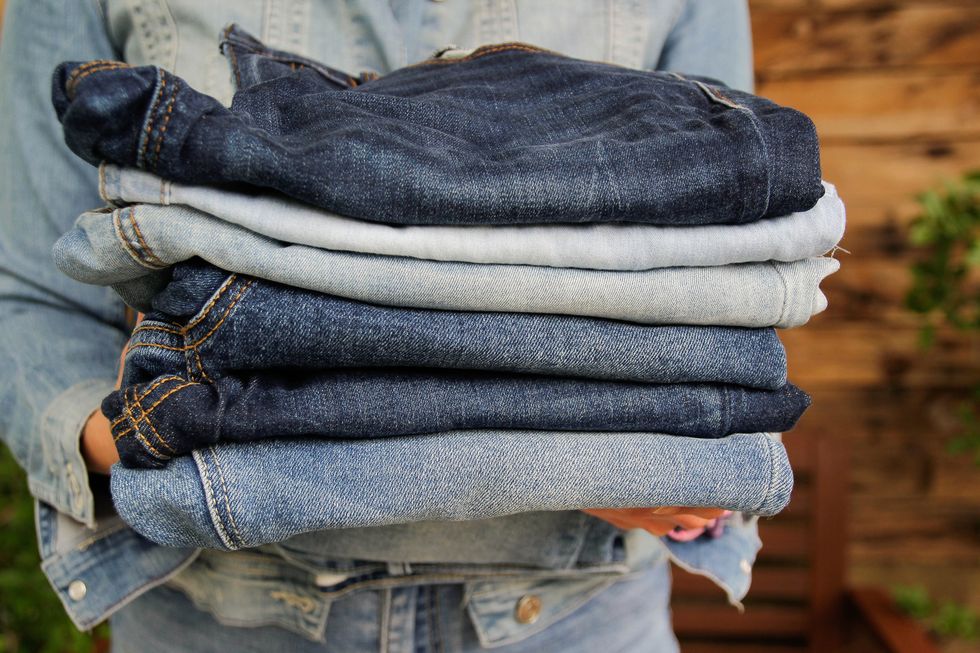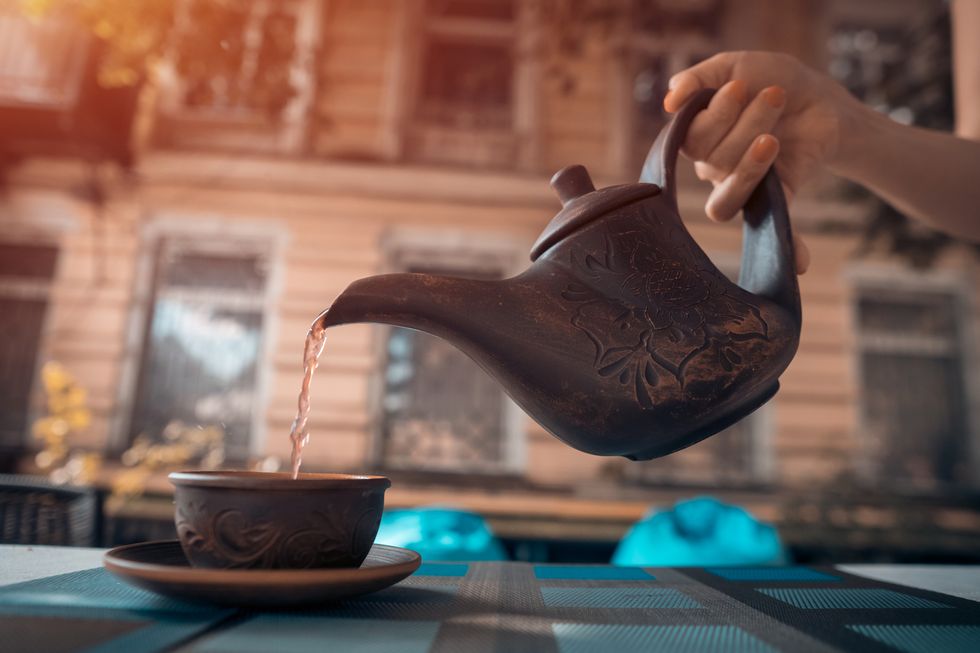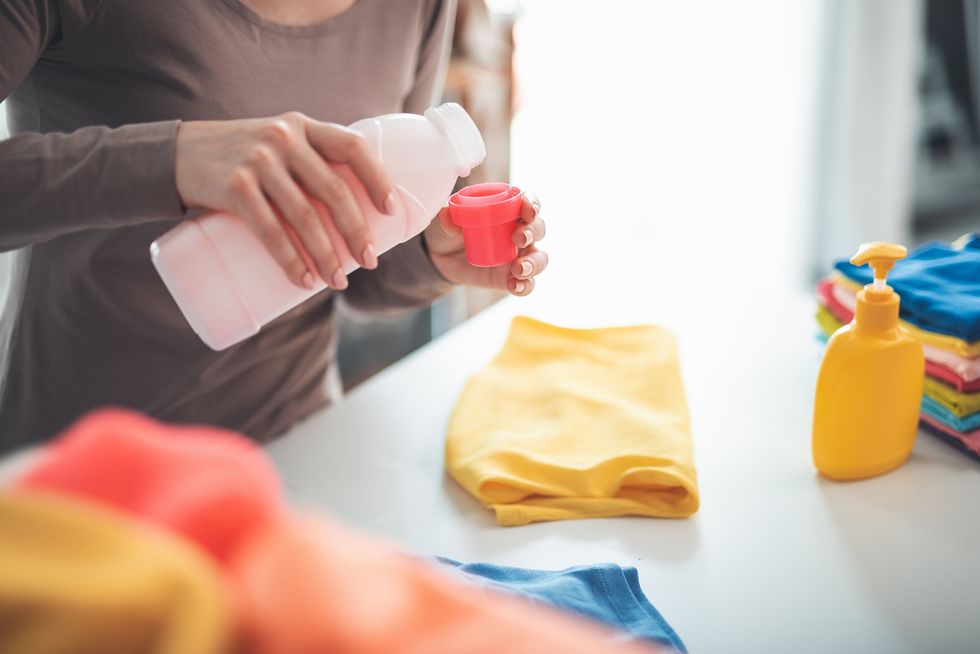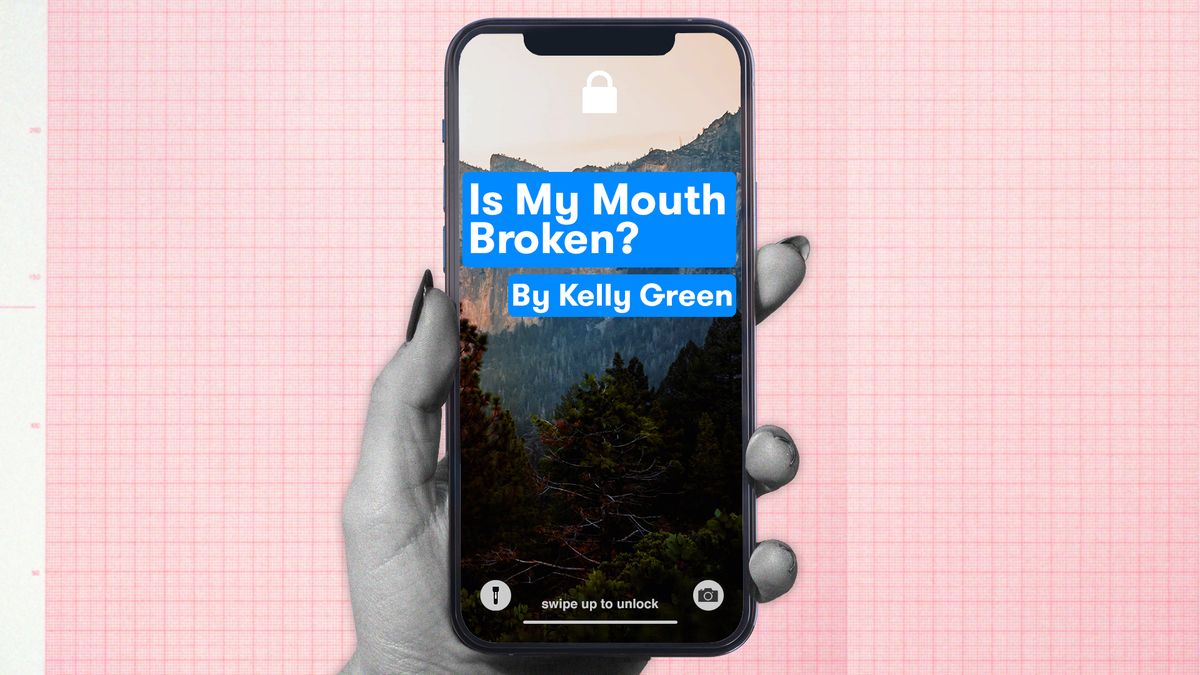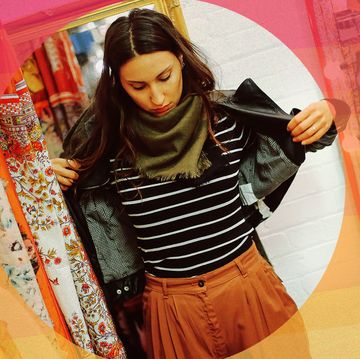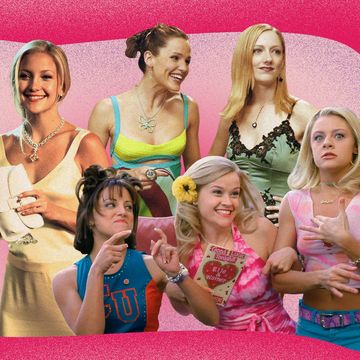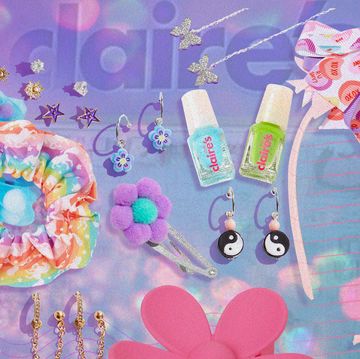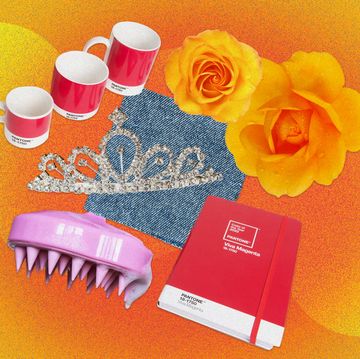On the phone with my mom, I complained about a denim jacket I owned that had grown threadbare far sooner than expected. Sure, it was cheap, but it was all I could afford at the time. Now, I told my mother, I’m going to have to pay — probably more than the original cost — for another jacket that hopefully lasts longer than a handful of spins in the washing machine.
Before I went shopping for the perfect denim jacket, my mother told me that she might have something in her house that would work for me. I came home from my next visit with a pair of awesome jackets acquired from my mom that cost zero dollars and made both of us feel personally gratified by the exchange.
Over the past decade, I’ve grown ever more frustrated with buying new clothes. Or, really, anything new. The items I bought new in the 1990s have somehow outlasted my more recent purchases. Plus, the more I read about the impact our quest for new stuff has on both the environment and humanity, the less desire I have to keep partaking in that system.
Thrifting is always an option, but I’ve been doing it long enough to know it’s a serious exercise in patience. The thing I want or need might turn up months down the line — perhaps longer. And there are sustainable and ethically made brands out there. However, those frequently fall outside my budget.
For me, nothing beats hand-me-downs, those gratis secondhand items personally passed along by family, friends, or neighbors. Whether it’s still-fine-to-wear clothing swapped between pals or treasured family heirlooms, hand-me-downs can help us live more sustainably by simply reducing our reliance on new goods and extending the life of stuff that already exists.
“Every item that you are able to use secondhand or take as a hand-me-down, as opposed to buying new, is going to have a huge impact on your carbon footprint, particularly if you’re talking about things like home appliances,” says Matt Grager, climate program director at conservation organization WildAid, which recently launched a campaign to promote hand-me-downs and secondhand shopping.
For me, hand-me-downs have always been a normal way of life. Throughout my childhood, my mom made Halloween costumes, often sourcing pieces from her own closet. When I was a thrift-shopping ’90s alterna-teen, my relatives knew to call me when they came across their old threads from the 1960s and 1970s. Even today, my wardrobe overwhelmingly consists of hand-me-downs, from my late grandfather’s golf sweaters, which I wear when running errands on chilly days, to the professional outfits that I scored from my aunt.
“Normalizing using the environment as an excuse,” Grager explains, “can help people be more comfortable with those types of things that maybe could have the perception of being cheap or not ideal or not cool.”
My own hand-me-downs aren’t limited to clothing. My dresser set, which I’ve had since I was a kid, first belonged to my mom. In fact, much of what’s in my apartment — from kitchenware to exercise equipment — landed here when either my or my husband’s families were cleaning out their stuff. My record collection is even sprinkled with pieces from the collections of various relatives, and my book stacks are filled with titles pulled from my parents’ shelves.
I love hand-me-downs for many reasons, most of which don’t have anything to do with sustainability. Some items serve as mementos of people who have long since passed. Others are reminders that people who are still here have cared enough to say, “Hey, Liz, I remembered that you liked this. Do you want it?”
My own hand-me-down situation is incredibly convenient on account of living in the same city as family members whose mindset is “Why trash a perfectly good item when someone else can use it?” There are plenty of other ways that people can share what they have or accept what others want to give.
“The best thing that you can do is use what you already have or use what someone else already has instead of buying something new,” says Emily Parker, a coastal and marine scientist for Heal the Bay, an environmental group whose work focuses primarily on the ocean and watersheds surrounding Los Angeles County.
Parker says the team at Heal the Bay organizes clothing swaps, and she also uses platforms like Marketplace and Nextdoor to procure secondhand items, sometimes for free. “It’s a great way to save money and be in community with your neighbors,” she says, “especially since the pandemic, [when] a lot of us have forgotten how to be neighborly.”
If you’re accepting hand-me-downs, there are a few things you should know:
- Appliances and Tech: Make sure all the pieces are there. Replacement parts can be a pain to track down. Also, note whether or not the items can be locally repaired.
- Clothing and Furniture: Follow the same guidelines as you would in a thrift shop. Make sure items are in good condition, and check labels or ask about care instructions. If you want to modify the items but don’t have DIY skills, find a local professional for clothing alterations, furniture reupholstery, and other upgrades.
When giving away your own items, make sure any type of appliance or gear is in working condition. If it’s not, give it to someone who enjoys tinkering, and let them know the exact issues. For clothing, accessories, and furniture, clean the items ahead of time, and be transparent about any flaws that may need to be fixed.
What I appreciate most about hand-me-downs is that they are a very practical act of generosity. Honestly, most of the stuff we have isn’t going to sell for much at online auction sites, and there’s no guarantee that what we donate is going to end up in the right hands. In many instances, it simply makes more sense to ask around and find out if the people around us want or need something before we purge it from our own life.
Liz Ohanesian is a Los Angeles-based DJ and writer who has contributed to LA Weekly, Good, The Village Voice, Playboy, and Los Angeles magazine.
Get Shondaland directly in your inbox: SUBSCRIBE TODAY
